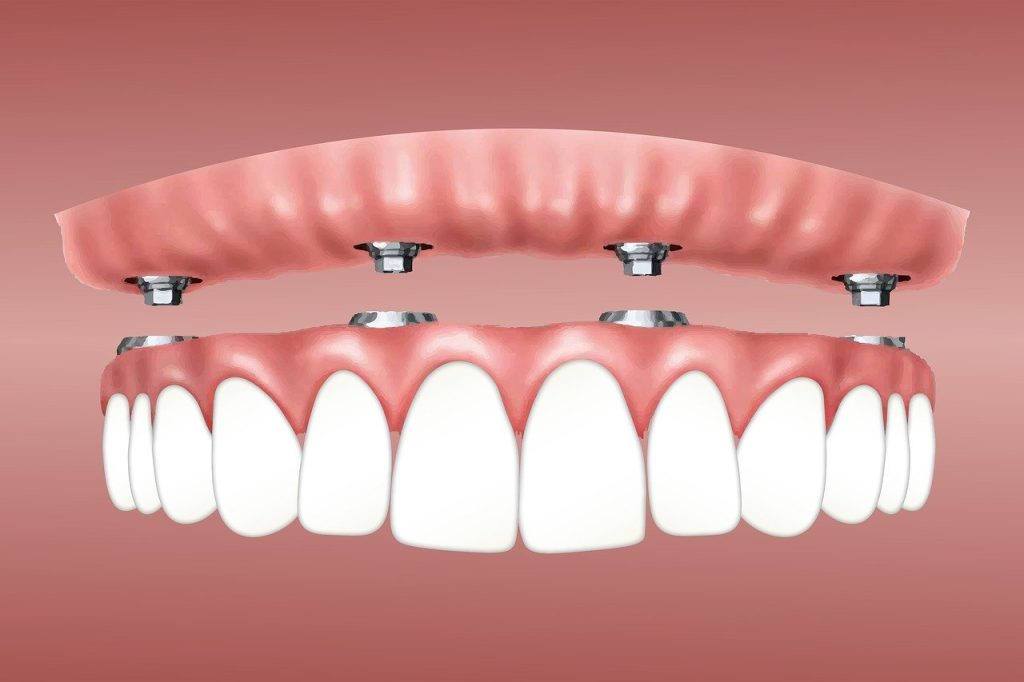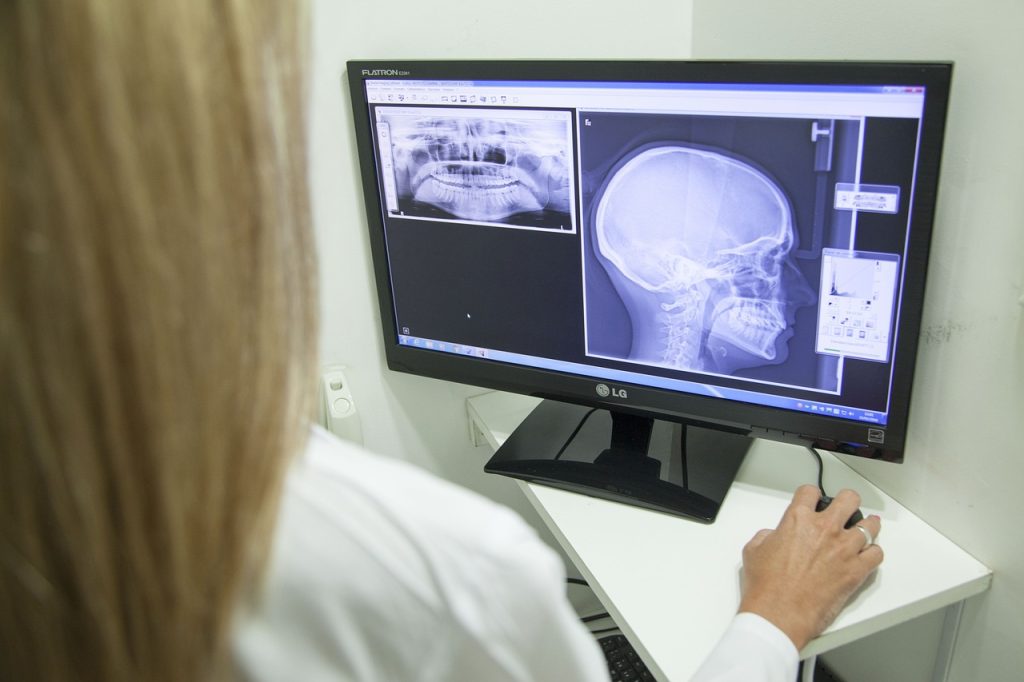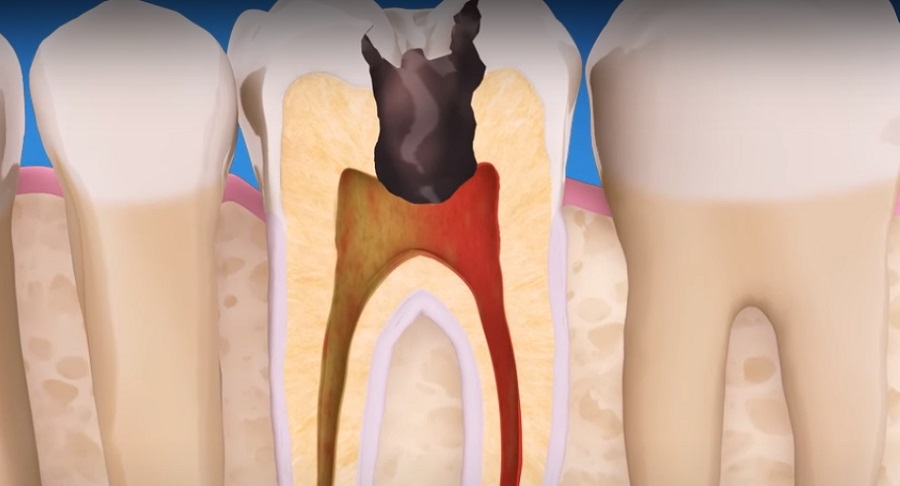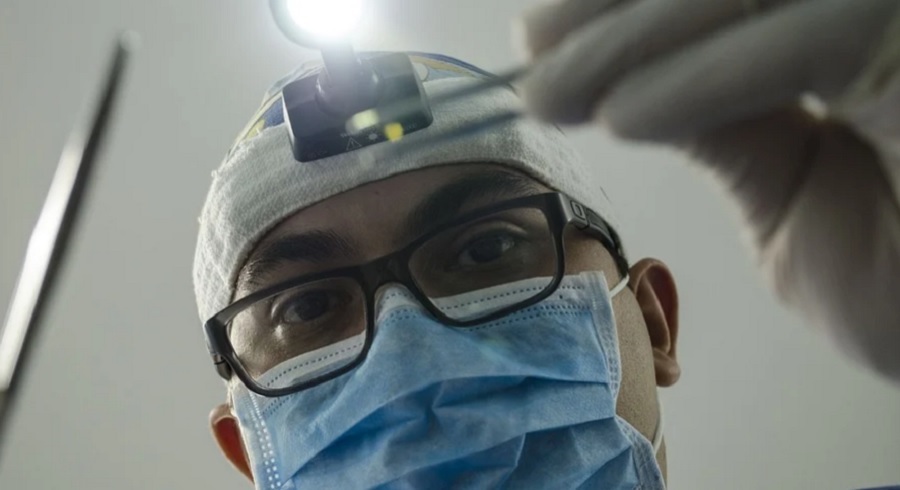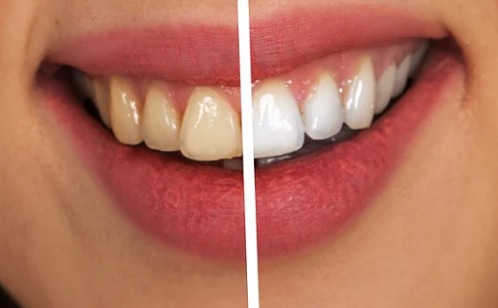Implants
A dental implant is like regaining your original, lost tooth. But how is such an implanted tooth structured, and when is it used?
Implants
The use of dental implants is advisable when a patient has lost one or more teeth or is experiencing persistent issues with a tooth that would be best addressed by its removal.

When is dental implant usually applied?
- Individual Implants for Each Tooth:
- Each missing tooth is replaced with a separate implant. It is often considered the smartest solution to place an individual implant for each missing tooth.
- Bridge Application:
- In this solution, each tooth implant forms one of the bridge’s two pillars. One or two teeth can be replaced between them. For example, to replace 3 or 4 teeth, 2 dental implants are needed to serve as support pillars.
- Fixed and Removable Full Denture with Dental Implants:
- There is also a removable denture fixed with dental implants, where no movement is expected. Typically, 2 implants are required for the lower jaw, while 4 implants are usually needed for the upper jaw.
- Fixed and Non-Removable Circular Bridge for a Full Denture:
- For this implant-supported solution, 4-6 implants are required for the lower jaw, while generally, 6-8 implants are needed for the upper jaw. With this implant solution, the bite becomes as strong, and chewing is as normal as if it were natural teeth.
How does the dental implantation process unfold in detail?
First, the patient needs to consult with the oral surgeon. During this appointment, the specialist takes X-rays or a 3D CT scan, which is necessary for planning the intervention.
To perform the surgery, several preparatory treatments may be required. This could include tooth extraction, filling, root canal treatment, or addressing gum inflammation or tooth removal.
During the preparations, the dental implant is placed in the patient’s mouth under sterile conditions after numbing the area.
The surgery is then carried out according to the treatment plan. The oral surgeon makes an incision in the mucosa and uses a surgical drill to create a socket in the bone for placing the artificial root. This procedure is now routine and takes approximately 1 hour, depending on the number of implants to be placed.
In some cases, bone grafting and implantation are performed simultaneously, which may require a longer time. If bone deficiency is significant, the two procedures are performed on separate occasions.
If bone grafting is done, a cover screw is placed on the implant, and the surgeon closes the edges of the wounds. If bone grafting is not needed, an abutment is placed into the dental implant; this contributes to the aesthetics of the gum line when a dental restoration is placed on the screw. In this case, the surgeon sutures the edges around the abutment.
To monitor the healing properly, X-rays are necessary before and after the surgery.
Approximately 2 weeks after the procedure, the stitches need to be removed. It is advisable to rest on the day of the dental implantation, but prolonged rest is not necessary. Once the dental implants are in place, dental restorations can be applied 3-6 months later.

Implants
Why are dental implants particularly beneficial?
The first and foremost advantage of dental implants is that they integrate into the bone structure so naturally, as if we had never lost our original teeth.
Implants
Do you have question?
We are here to help. If you have any questions or need any help, you can find our contact details by clicking on the button below. (+36 30 151 0000)





